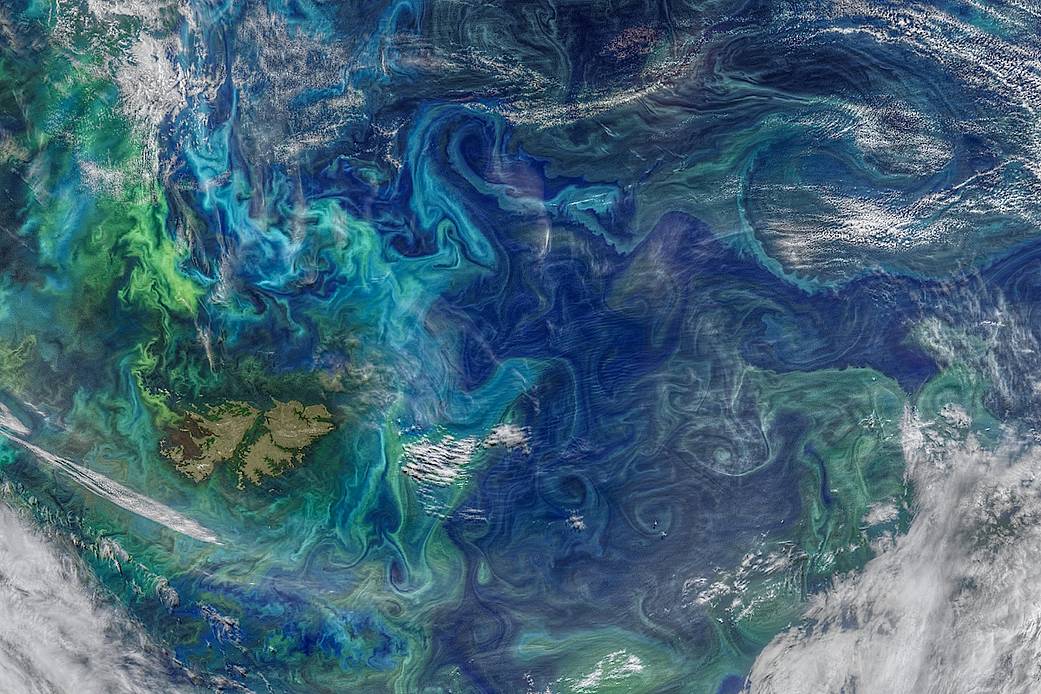Using scientific instruments aboard a self-propelled ocean glider and several airplanes, this first deployment of the Sub-Mesoscale Ocean Dynamics Experiment (S-MODE) mission will deploy its suite of water- and air-borne instruments to ensure that they work together to show what’s happening just below the ocean’s surface. The full-fledged field campaign will begin in October 2021, with the aircraft based out of NASA’s Ames Research Center.
The S-MODE team hopes to learn more about small-scale movements of ocean water such as eddies. These whirlpools span about 6.2 miles or ten kilometers, slowly moving ocean water in a swirling pattern. Scientists think that these eddies play an important role in moving heat from the surface to the ocean layers below, and vice versa. In addition, the eddies may play a role in the exchange of heat, gases and nutrients between the ocean and Earth’s atmosphere. Understanding these small-scale eddies will help scientists better understand how Earth’s oceans slow down global climate change.
In this image, sub-mesoscale ocean dynamics, like eddies and small currents, are responsible for the swirling pattern of these phytoplankton blooms (shown in green and light blue) in the South Atlantic Ocean on Jan. 5, 2021.
Image Credit: NASA/Goddard Space Flight Center Ocean Color/NOAA-20/NASA-NOAA Suomi NPP
利用一架自走式推进的海洋滑翔机和几架飞机上的科学仪器,这次首次部署的亚中尺度海洋动力学实验(S-MODE)任务将部署其一套水上和空中仪器,以确保它们协同工作,以显示在海洋表面以下正在发生的事情。全面的实地考察活动将于2021年10月开始,飞机基地设在美国宇航局艾姆斯研究中心。
S-MODE研究小组希望能更多地了解海水的小型运动,比如漩涡。这些漩涡跨度约为6.2英里或10公里,以漩涡的形式缓慢移动海水。科学家们认为,这些涡流在将热量从表层输送到海底层方面起着重要作用,反之亦然。此外,涡旋可能在海洋和地球大气之间的热量、气体和营养物质的交换中发挥作用。了解这些小型涡流将有助于科学家更好地了解地球海洋是如何减缓全球气候变化的。
在这张图片中,亚中尺度海洋动力学,比如漩涡和小洋流,是导致2021年1月5日南大西洋的这些浮游植物水华(以绿色和浅蓝色显示)的漩涡模式的原因。
图片来源:NASA/Goddard Space Flight Center Ocean Color/NOAA-20/NASA-NOAA Suomi NPP







